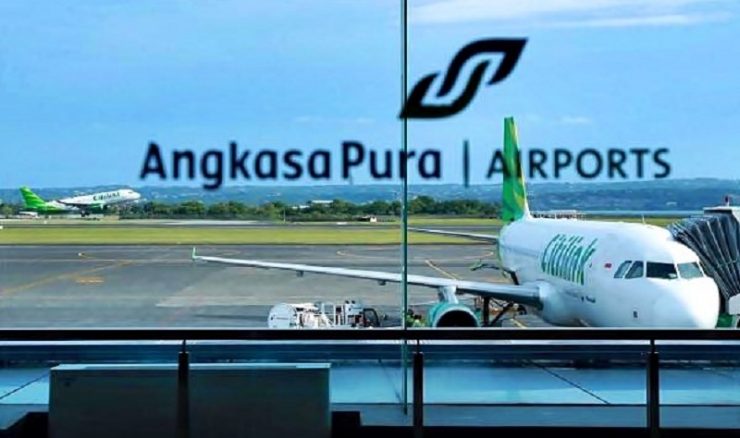THE STATE-Owned Enterprises (BUMN) Aviation and Tourism holding, PT Aviasi Wisata Indonesia or InJourney, has revealed plans to integrate state-owned airports, namely PT Angkasa Pura I (AP I) and PT Angkasa Pura II (AP II).
The plan was disclosed by the President Director of InJourney Dony Oskaria said there were several equalization or consolidation options between AP I and AP II. After that, he also opened up the possibility that there would be integration between the two entities.
Likewise, according to the Associate Director of the BUMN Research Group at the FEB UI Management Institute, Toto Pranoto, assessing the integration of similar companies such as AP I and AP II is a strategic step to strengthen the competitiveness of airport management.
“Competitiveness is enhanced through efforts to increase efficiency and productivity. By consolidating as one airport management company, the procurement of the same inputs/resources can be made more efficient with better procurement management,” he explained.
Toto added, the placement of workers would also be more efficient and productivity could be increased with better air transport synergies, so that the negative effects of competition between local airports could be reduced.
In addition, he continued, cooperation with international strategic partners could continue to be carried out to maintain or even improve the quality of airport services, as well as bring more international traffic to Indonesia.
However, Toto said that there is a challenge that must be faced after the integration of state-owned airports is a cross-subsidy mechanism between profitable airports and airports whose performance is still deficit.
“In the future it is hoped that the number of airports with a deficit in performance can be reduced so that AP’s overall performance can increase,” he remarked.
Contacted separately, the Executive Director of the BUMN Institute, Achmad Yunus, assessed that the government integrating AP I and AP II in the form of a company merger was the right decision.
“Because the core business of the two BUMNs is exactly the same, only differentiated by work area, to be precise the merger of Pelindo 1 to 4. This merger is needed in addition to efficiency and optimization measures as well as an effort to standardize services,” said Achmad.
Achmad said, there are still many BUMNs that have the same core business but different companies, including BUMN Karya, such as PT Adhi Karya, PT Waskita Karya, PT Hutama Karya, and others.
“They are even worse, because there is no clear cut or division of business activities by the government that can compete with other State-Owned Enterprises (BUMNs),” he noted.
However, he explained that what the government must do in the effort to merge AP I and AP II needs to involve all stakeholders, especially workers so that a sense of ownership arises and does not raise suspicions about the merger policy.
Previously, State-Owned Enterprises Minister Erick Thohir opened his voice regarding the merger plan. Meanwhile, he is currently intensively carrying out business transformation, out of a total of 108 companies, now there are only 42 companies left in the body of BUMN.
Erick ensured that the consolidation efforts would continue until there were only 30 SOEs remaining based on the 2024-2034 BUMN blueprint, including airport SOEs. However, he did not provide further details regarding the plans for the integration of AP I and AP II.
“So the answer is there will be consolidation, I said that in the future there will only be 30 SOEs,” he concluded. [sources/photo special]
















